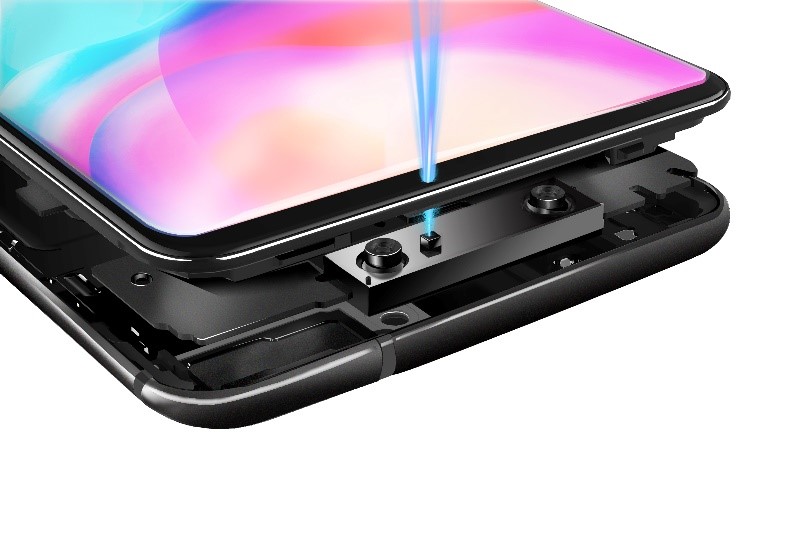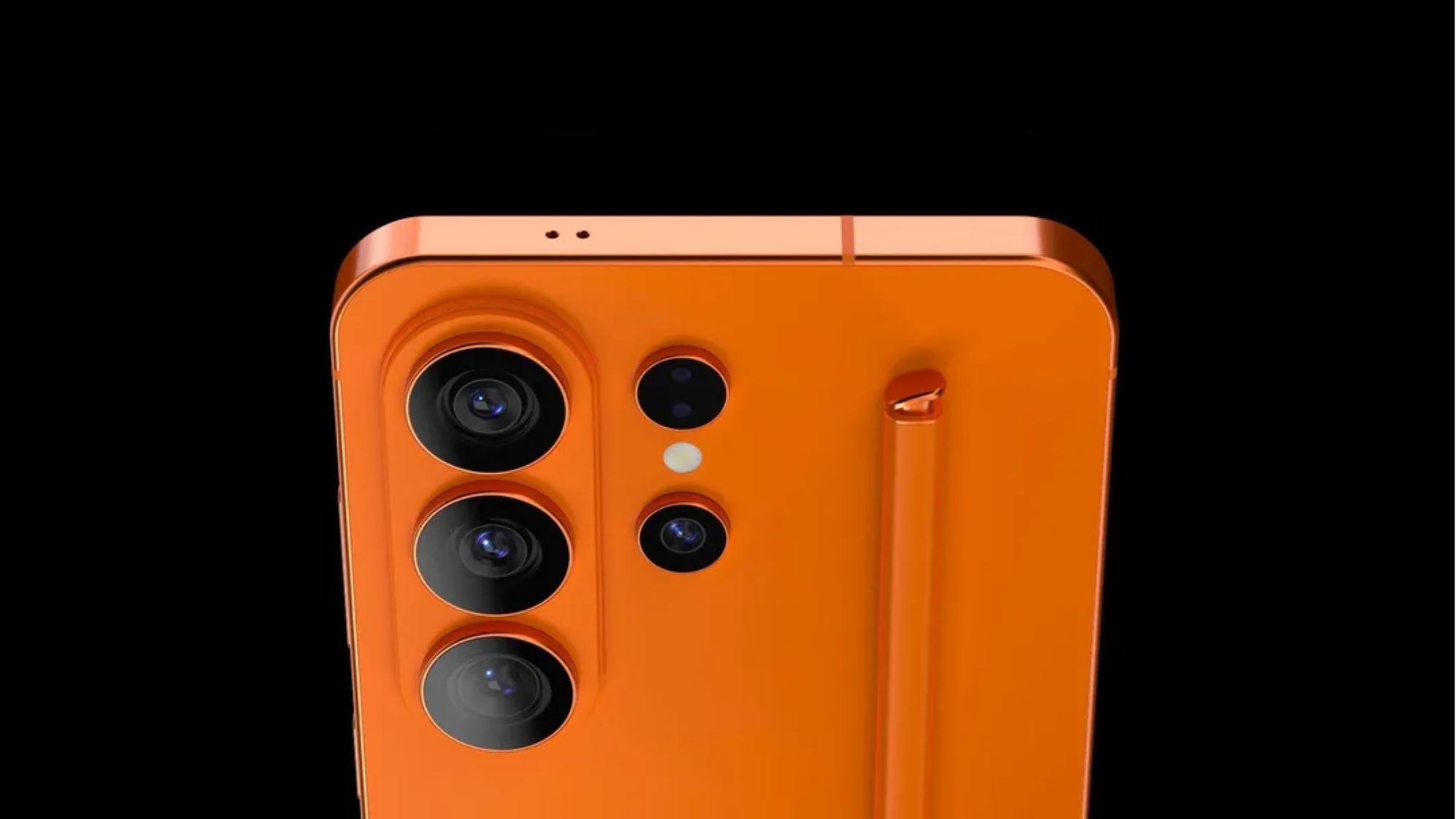Three Ways the Galaxy S10 Will Surpass the iPhone
The new Samsung Galaxy S10 will not only have a radical new design devoid of bezels, but some of its technologies will be unique for a while — like its Infinity-O display and new Time-of-Flight sensors that can create 3D models of the world around it with extreme precision.

HIAA (Hole in Active Area)
Samsung rumormeister Ice Universe claims that the Galaxy S10’s Infinity-O screen technology is exclusive to the brand and will remain that way “for a certain period of time.”
Called HIAA (Hole In Active Area), Ice Universe claims that Samsung Display’s unique manufacturing process uses a high precision laser to punch the hole into the OLED display, only eliminating the pixels it needs to make the hole and avoiding the destruction of adjacent electronics.
MORE: Best Smartphones - Here Are the 10 Best Phones Available
Apple itself has patented a method to carefully drill holes in displays with sub-millimetric precision to avoid secondary effects, but there have been no reports of any actual implementation of this patent. As far as we know, Samsung is the only company to successfully achieve this feat — and they are keeping it to themselves for the time being.

Time of Flight Sensing
Get instant access to breaking news, the hottest reviews, great deals and helpful tips.
The other big tech that Samsung is implementing is Time-of-Flight sensing, a range imaging camera that uses laser or infrared light to scan the world and produce 3D models in real time.
According to the Korean tech industry newspaper ET News, the depth-sensing TOF sensor that Samsung has developed and will implement will be capable of “recognizing people and objects at considerable distances.”
MORE: The Most Anticipated Smartphones of 2019
This technology is allegedly ten times more precise than Apple’s “structured light” depth technology used in the TrueDepth module on the front of the iPhone X phones. In fact, according ET News, Apple is looking to implement TOF sensors in future phones. These sensors will not be manufactured by Samsung however, but rival LG Innotek.
While Vivo presented a TOF 3D sensor in July, Samsung seems to be be poised to be the first brand to deploy this technology in a consumer phone: the report claims that the special 10th anniversary Samsung Galaxy S10 will have TOF sensors both on the front — for facial recognition — and the back — for Augmented Reality applications. The former will result in higher security while the latter will greatly improve gaming, education, and medical care applications. Imagine being able to send to your doctor a 3D photographic model of some skin reaction or injury, for example.
Six Cameras and 5G
The Wall Street Journal claims that the special 10th anniversary Samsung Galaxy — codenamed Beyond X — will have an insane 6.7-inch screen and four cameras on the back, just like the Galaxy A9. While that’s the world’s first implementation of a four sensor camera system, it’s not likely to last long. Nokia is reportedly introducing a new phone with five image sensors on the back, plus a rumored IR sensor presumably for depth perception.
This version of the Galaxy S10 will also reportedly offer support for 5G networking, which means it should be one of the first phones in the world with this technology. Carriers will just be starting to roll out 5G in 2019, and widespread adoption won't likely occur until 2020. But this Galaxy S10 variant will be future proof in a way.
While Samsung will present three models of the Galaxy S10 at the Mobile World Congress in Barcelona, Spain, we will have to wait a few more months to see the 10th anniversary model and see how these TOF sensors work in real-world situations.
Jesus Diaz founded the new Sploid for Gawker Media after seven years working at Gizmodo, where he helmed the lost-in-a-bar iPhone 4 story and wrote old angry man rants, among other things. He's a creative director, screenwriter, and producer at The Magic Sauce, and currently writes for Fast Company and Tom's Guide.

